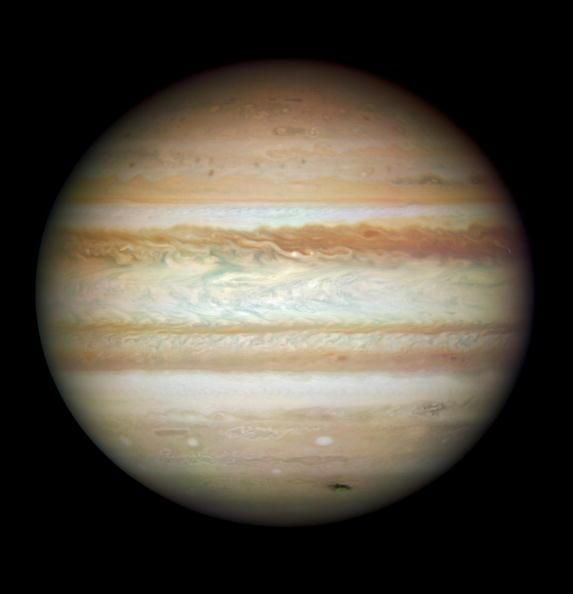NASA Could Hunt Aliens Using Something Deadly To Humans

Carbon monoxide, a gas deadly to humans, may be the key to hunting for aliens or extraterrestrial life in other planets.
Dr. Edward Schwieterman, lead author of a new study and a fellow at NASA, mapped out two scenarios in which planets that have life may have carbon monoxide buildup in their atmosphere.
The first scenario draws inspiration from the history of the Earth, around three billion years ago. Previously, the Earth's atmosphere nearly had no oxygen but its oceans were home to microbial life.
In modern times, the Earth's atmosphere is rich with oxygen but it was not always the case. According to the simulations of the Earth's atmosphere, the planet could have had 100 parts per million (ppm) of CO in it. This is considerably higher than the amount found in the atmosphere today.
The study suggests that scientists can look for oxygen-poor exoplanets with high carbon monoxide levels as the Earth's evolution could serve as reference to how exoplanets develop through time.
The second scenario has something to do with better CO buildup much like the environment of red dwarf stars like Proxima Centauri. Dr. Schwieterman said if the astrophysical context of the planets were considered, then it shouldn't be surprising to discover microbial biospheres contributing to high levels of carbon monoxide.
"Celestial carbon monoxide detectors may actually alert us to a distant world teeming with simple life forms," Dr. Schwieterman's study suggested.
The downside is that other planets might not be conducive for human or animal life like Earth. Dr. Schwieterman said that it would be a shame if an inhabited world would be ignored because they did not entertain all the possibilities.
Another study from NASA supports that idea that life outside Earth could be based on a different context or composition thanks to their discovery of a new molecular system. According to the research, there could be a different genetic system or DNA-based life in other worlds.
Steven Benner of the Foundation for Applied Molecular Evolution in Alachua, Florida led a team of researchers to produce a new molecular system, called Hachimoji DNA, that is similar to the regular DNA. Their fabrication featured eight instead of four informational ingredients. These include thymine, cytosine, guanine and adenine which are four nucleotides found on life on Earth. The other four informational ingredients "mimic the structures of the informational ingredients inregular DNA."
The resulting synthetic DNA features a double-helix structure capable of storing and transferring information. According to NASA, one way to see what type of foreign structures could be present in other worlds is to attempt to develop something foreign in our planet. And they were able to do that with the Hachimoji DNA.
© Copyright IBTimes 2024. All rights reserved.





















